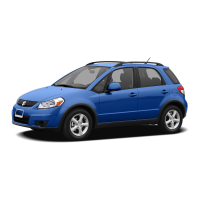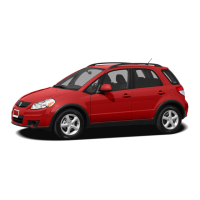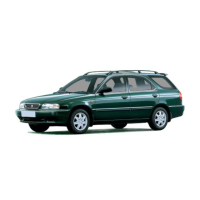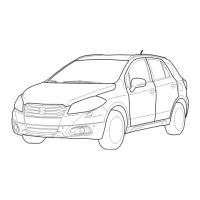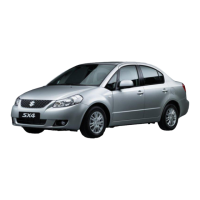2-5
FOR SAFE DRIVING
69TB-01E
Correct use of seat belt
69RHS158
• Adjust the seat to the correct position.
Sit your body fully into the seat.
• Make sure that the seat belt is not
twisted.
• Make sure that you place the lap portion
of the belt as low as possible across the
pelvis.
• The upper belt should rest on the area
midway between the shoulder and the
base of the neck.
• Confirm that the belt is not twisted in any
way, and remove any slack.
Front seats
Seat adjustment
WARNING
• If you do not fasten your seat belt
properly, your body may not be
restrained in a sudden braking and
a collision. This may cause severe
injury.
Fasten your seat belt properly
before driving.
77R20050
• If all the passengers do not fasten
their seat belts properly, their body
may not be restrained in a sudden
braking and a collision. This may
cause severe injury.
Ask all the passengers on the front
passenger’s seat and the rear seats
to fasten their seat belts properly
before driving.
WARNING
• Never attempt to adjust the driver’s
seat or seatback while driving. The
seat or seatback could move unex-
pectedly, causing loss of control.
Check that the driver’s seat and
seatback are properly adjusted
before you start driving.
• To avoid excessive seat belt slack,
which reduces the effectiveness of
the seat belts as a safety device,
check that the seats are adjusted
before the seat belts are fastened.
• All seatbacks should always be in
an upright position when driving,
or seat belt effectiveness may be
reduced. Seat belts are designed to
offer maximum protection when
seatbacks are in the upright posi-
tion.
(Continued)
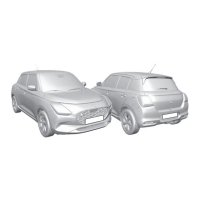
